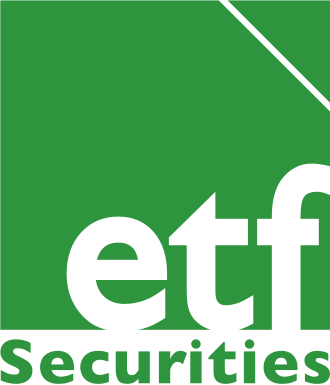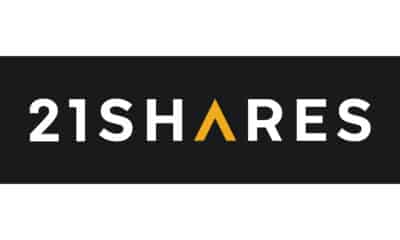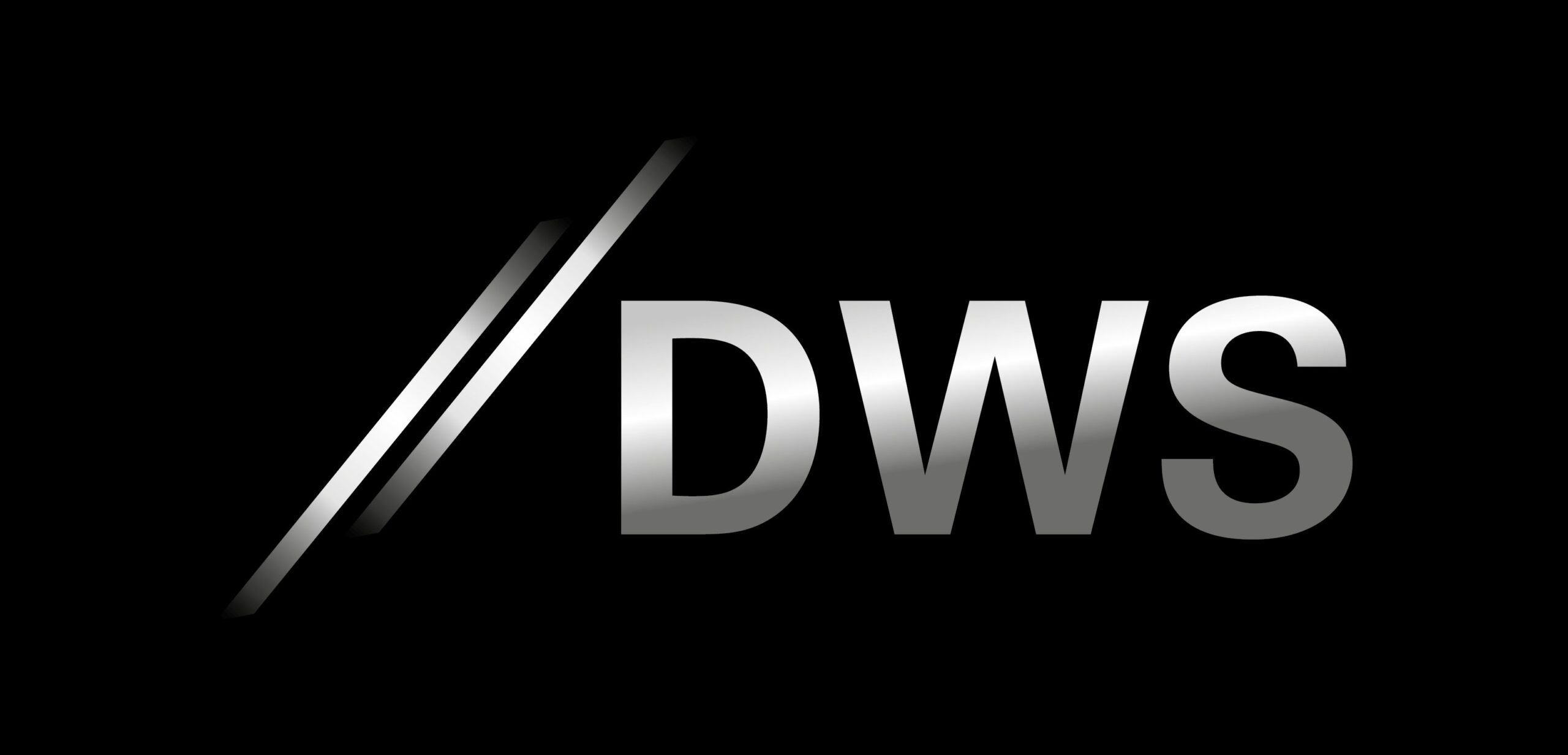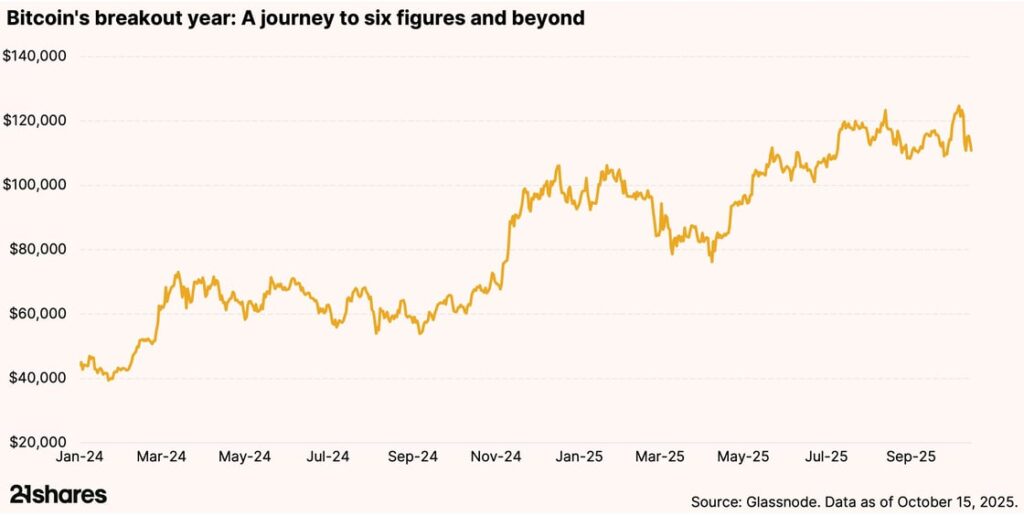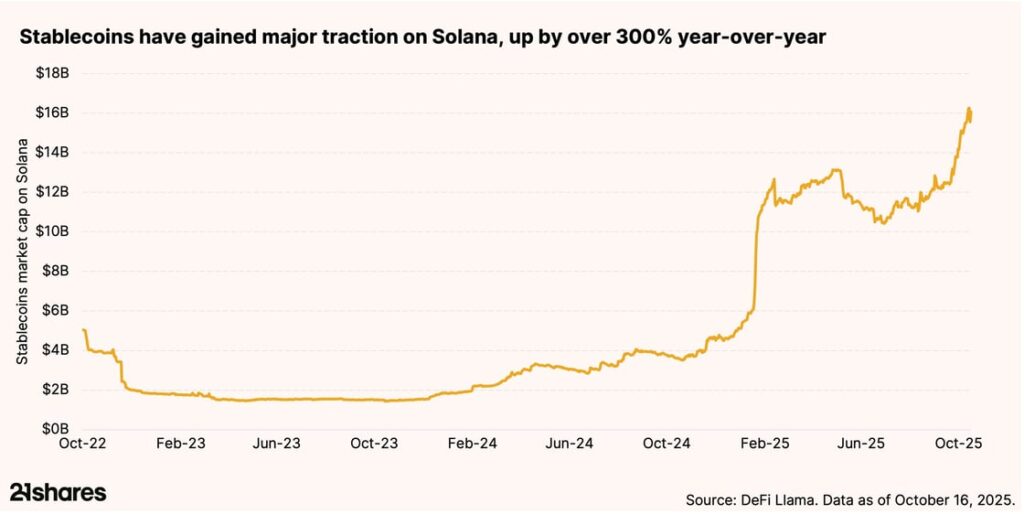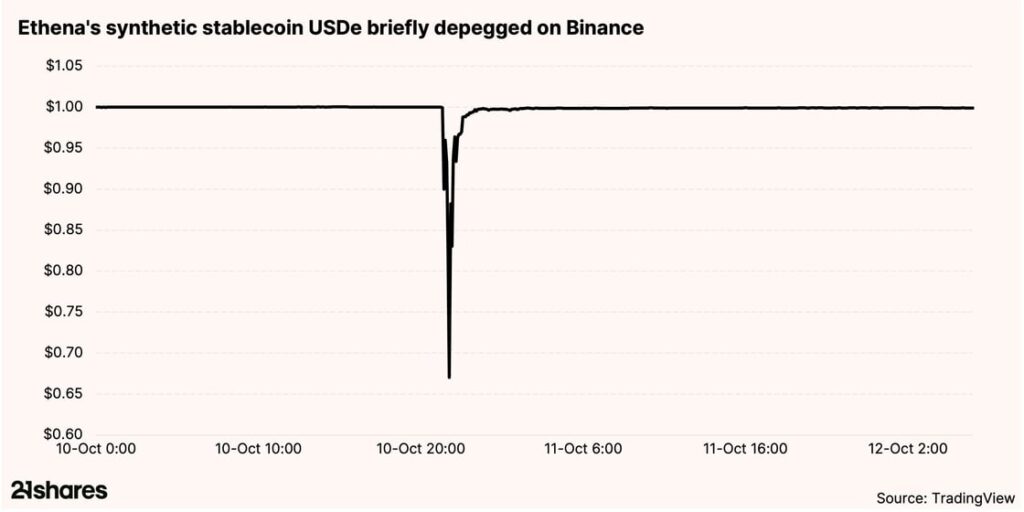ETF Securities – ECB rule bending to pressure the Euro
Highlights
- Markets have repriced the Euro lower, as the chance for a populist Presidential win from Le Pen’s Front Nationale (FN) has increased in recent weeks.
- The Euro, beset by political uncertainty, has been unable to benefit from the uptick in the underlying economic environment and an improvement in investor positioning in the futures market.
- Although European Central Bank (ECB) quantitative easing (QE) program appears at its limit, the central bank appears ready to deviate from its ‘capital key’ and buy bonds from more heavily indebted nations, in turn putting further pressure on the Euro later in 2017.
Politics repricing the Euro
Analysts have repriced consensus forecasts lower for the EUR/USD during 2017, as political uncertainty threatens to break-up the Eurozone. At the end of 2016, consensus forecasts centred around 1.07 by end Q1 2017, compared to just 1.04 currently. We expect that the Euro should end Q1 around 1.08 as political uncertainty fades.
(click to enlarge)
The Euro has been battered by political uncertainty and has been unable to benefit from the improvement in the underlying economic environment. The Bloomberg Eurozone Economic Surprise Index suggests that the Euro could, in the absence of the ECB’s QE activities and the current uncertainty surrounding the political environment, be significantly higher against the USD.
Although populism and an increasingly insular voter attitude is a distinct similarity between the US and the Eurozone, the result for the currency could be a stark contrast. After vowing to bring back the French Franc, the potential for FN’s Le Pen to win the French election could prompt the Euro to move to parity against the US Dollar, a contrasting result compared to the US Dollar strength after the Trump Presidential victory. Nonetheless, EUR/USD parity on the back of a Le Pen victory is not our base case.
Economics drives policy differences
There are also other differences on an economic level between the US and Europe: unemployment across the Eurozone remains elevated, and excess spare capacity is likely to keep wage growth muted for some time. With excess labour market capacity, there is unlikely to be the pressure on core inflation that we expect to occur in the US later in 2017.
(click to enlarge)
However, inflation expectations have been rising on a global basis. The unwind of oil price effects has pushed headline prices higher, even beyond our bullish view and well beyond consensus expectations for the Eurozone. Eurozone inflation reached the highest level since March 2013, and now is in line with the ‘close to or below’ the 2.0% ECB target. Importantly inflation is unlikely to spike above the central bank’s target in coming months, and the ECB will ‘look through recent upturns in headline inflation’.
ECB nearing its limit
While the US Federal Reserve is taking a hawkish approach, the ECB is firmly in accommodative support mode with monetary policy.
(click to enlarge)
The ECB’s balance sheet has never been larger. However, the ECB is nearing the limit of its QE activities, with growth in its balance sheet fading. However, there are signs that the central bank could move outside the current scope of the asset purchase scheme to once again boost its balance sheet and the Eurozone money supply.
(click to enlarge)
Although the Euro should benefit if the ECB was able to cease its bond buying without any significant dislocations in interest rate markets by year-end, the potential for fresh policy pressure has weighed on the common currency.
The ECB’s latest Account of the monetary policy meeting noted the potential for the central bank to make ‘limited and temporary deviations’ from its capital key. This suggests the possibility of moving away from a broad GDP based bond buying scheme towards a debt weighted scheme. Such a move would advantage more heavily indebted nations such as Italy, but pressure the Euro in H2 2017.
What are markets pricing?
Futures market positioning has rebounded from extremely depressed levels, but investors remain net short of the Euro. However, the Euro is more depressed than what the historical relationship indicates. In contrast, options market pricing is highlighting the Euro is expected to be the second worst performer against the USD in the G10. Options pricing is the most pessimistic about the Euro’s valuation since June 2016.
(click to enlarge)
We expect the Euro to strengthen to around 1.08 in coming months as it becomes more apparent that Le Pen’s FN party is unlikely to win the French Presidency. Despite this volatility will remain, and further ECB asset purchases and ‘rule bending’ could see the Euro move back toward current levels in H2 2017.
Important Information
The analyses in the above tables are purely for information purposes. They do not reflect the performance of any ETF Securities’ products . The futures and roll returns are not necessarily investable.
General
This communication has been provided by ETF Securities (UK) Limited (“ETFS UK”) which is authorised and regulated by the United Kingdom Financial Conduct Authority (the “FCA”).
This communication is only targeted at qualified or professional investors

 Nyheter4 veckor sedan
Nyheter4 veckor sedan
 Nyheter3 veckor sedan
Nyheter3 veckor sedan
 Nyheter4 veckor sedan
Nyheter4 veckor sedan
 Nyheter4 veckor sedan
Nyheter4 veckor sedan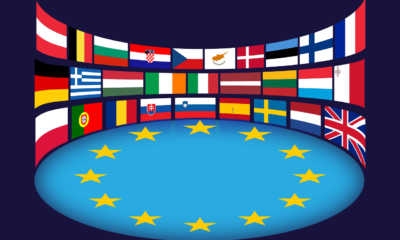
 Nyheter3 veckor sedan
Nyheter3 veckor sedan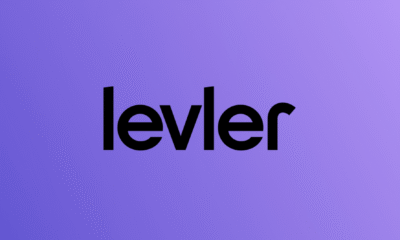
 Nyheter2 veckor sedan
Nyheter2 veckor sedan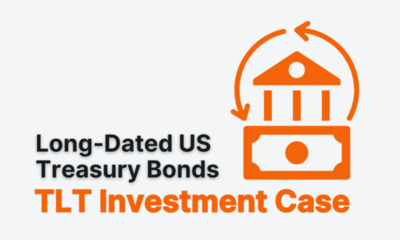
 Nyheter4 veckor sedan
Nyheter4 veckor sedan
 Nyheter3 veckor sedan
Nyheter3 veckor sedan
